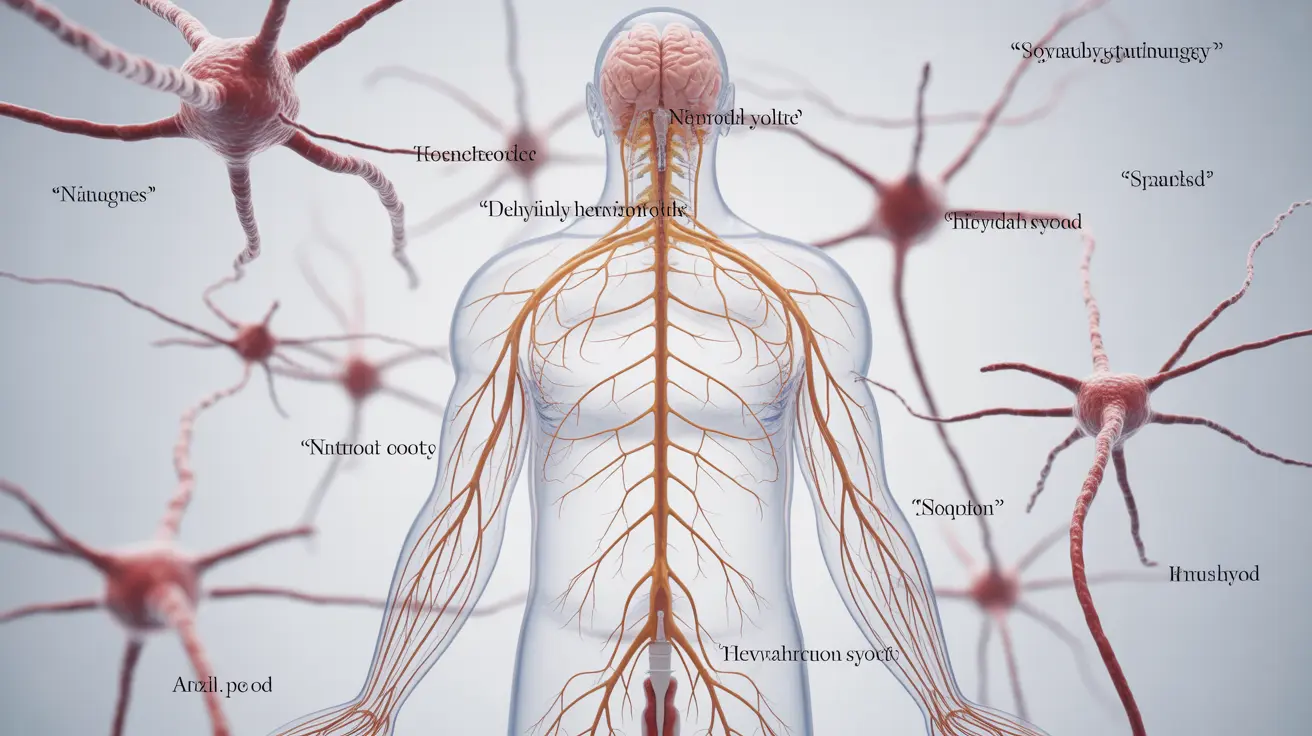The human nervous system is a fascinating network of specialized cells and tissues that controls everything from our thoughts and movements to our emotional responses and basic survival functions. This remarkable system processes millions of signals every second, allowing us to experience life in all its complexity.
Let's explore some incredible facts about this sophisticated biological network that makes us who we are, and discover how it performs its crucial functions with such remarkable precision.
The Lightning-Fast Communication Network
Your nervous system transmits information at speeds that would make even high-speed internet jealous. Electrical impulses in your nerves can travel at speeds up to 268 miles per hour, making split-second reactions possible when you need them most.
This incredible speed is made possible by specialized structures called myelin sheaths, which act like insulation around nerve fibers. Think of them as the premium cables of your body's communication network, enabling rapid and efficient signal transmission.
Pain Perception and Sensitivity Across the Body
While we often think of pain as unpleasant, it serves as a crucial protective mechanism. Some areas of your body are more sensitive to pain than others, and this distribution isn't random – it's carefully designed for survival.
Most Pain-Sensitive Areas
- Fingertips and hands
- Face and lips
- Feet and toes
- Teeth and gums
- Internal organs
These areas have a higher concentration of pain receptors (nociceptors) because they're either vital for survival or frequently interact with the environment, requiring extra protection and awareness.
The Remarkable Power of Neuroplasticity
One of the most fascinating aspects of the nervous system is its ability to adapt and change throughout our lives. This property, known as neuroplasticity, allows the brain to form new neural connections and reorganize existing ones in response to learning, experiences, and even injury.
Natural Repair and Regeneration
While it was long believed that nerve cells couldn't regenerate, we now know that certain parts of the nervous system can repair and even create new neurons. This process, called neurogenesis, continues throughout our lives, particularly in areas related to learning, memory, and emotion.
The Architecture of Speed and Efficiency
The nervous system's structure is a masterpiece of biological engineering. Its hierarchical organization, from the brain and spinal cord down to the smallest nerve endings, enables both rapid response and precise control.
Key Structural Elements
- Neurons (nerve cells) - The basic building blocks
- Axons - Long fibers that conduct electrical signals
- Dendrites - Branch-like structures that receive signals
- Synapses - Junction points where information transfers between neurons
Frequently Asked Questions
What are some interesting facts about how the nervous system works?
The nervous system processes information using both electrical and chemical signals, can generate up to 1000 nerve impulses per second, and contains roughly 86 billion neurons in the brain alone. It also operates even while we sleep, controlling vital functions like breathing and heart rate.
How does the myelin sheath affect the speed of nerve impulses?
Myelin sheaths act as electrical insulators around nerve fibers, allowing signals to jump quickly between gaps in the myelin (called nodes of Ranvier). This saltatory conduction increases signal speed up to 100 times faster than unmyelinated nerves.
What are the most common parts of the body sensitive to pain and why?
The fingertips, lips, face, and feet are among the most pain-sensitive areas due to their high concentration of pain receptors. These areas evolved to be more sensitive because they're crucial for survival and interaction with the environment.
Can damaged nerve cells be replaced or repaired in the human body?
While the central nervous system has limited repair capabilities, peripheral nerves can regenerate under the right conditions. The process is slow but possible, with damaged nerves potentially growing at a rate of 1-5 millimeters per day.
How does the nervous system's structure contribute to its ability to transmit signals so quickly?
The nervous system's specialized structure, including myelinated axons, efficient synaptic connections, and organized neural pathways, allows for rapid signal transmission. The hierarchical organization and parallel processing capabilities enable both speed and precision in signal transmission.




